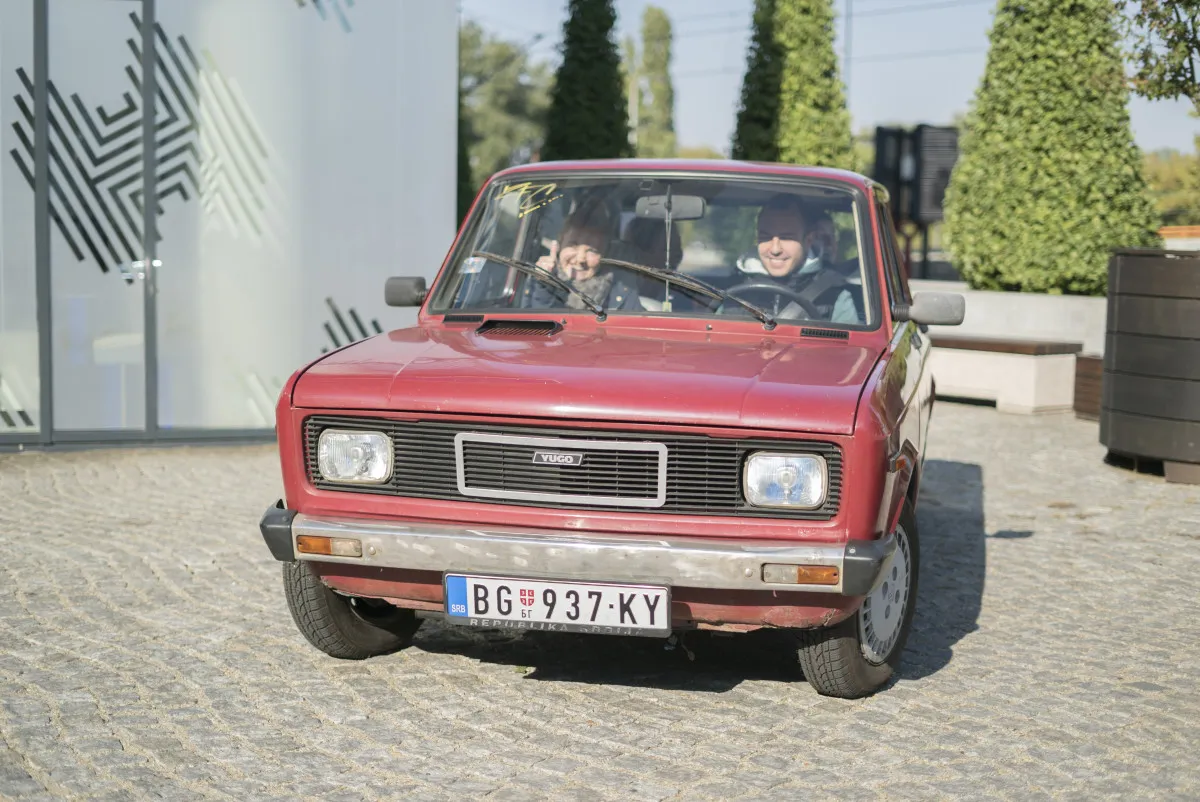The Yugo Car: Now and Then
When the name Yugo comes up, it often ignites fond memories of automotive mishaps rather than nostalgia. Dubbed the ‘worst car in history’ by numerous automotive publications, the Yugo was initially launched in the U.S. market in 1985; consumers soon discovered that its promise of affordability came with significant caveats. Critics lambasted its poor build quality, subpar performance, and questionable safety standards, leading to its discontinuation in the early 1990s. However, in a surprising twist, the Yugo is preparing to hit the roads again, 17 years after its last production run.
The Yugo’s Rocky History
The Yugo was manufactured by the Yugoslav automotive company Zastava and based on the Fiat 127. Marketed as an affordable alternative in a saturated automotive market, the Yugo captured initial attention for its low price point of around $4,000. Unfortunately, with that affordability came a myriad of problems.
In the years following its debut, consumer reports began pouring in, reflecting widespread dissatisfaction. The Yugo’s engines were often underpowered; many complaints cited the vehicle’s inability to maintain speed, particularly on highways. The car was prone to rusting, had a very flimsy interior, and underwent numerous recalls due to mechanical failures. Even popular media jumped on the bandwagon, with publications dubbing it the ‘worst car’ or ‘appliance on wheels.’
The Comeback Attempt
Fast forward to 2023, and the automotive landscape has evolved dramatically, creating an unexpected opportunity for the Yugo to make a resurgence. Amidst the increasing popularity of retro and vintage vehicles, enthusiasts and collectors alike have begun to show interest in bringing back this infamous model.
The company behind the Yugo’s revival—under new ownership—announced plans to reintroduce the vehicle as a ‘retro-modern’ model designed to attract a younger audience. The revamped Yugo promises updated features while maintaining a nostalgic aesthetic. From redesigned exteriors to improvements in safety and technology, the new Yugo is set to incorporate vital changes that address its predecessor’s shortcomings.
A Market Shift
The automotive market has seen a significant shift toward electric and eco-friendly vehicles in recent years. Yet, the small car segment remains underexplored, particularly for consumers in urban environments who prioritize affordability over luxury. The revival of the Yugo is partly a response to this market demand, aiming to fill a gap for simple, affordable transportation options.
Moreover, the car culture of the 1980s and 1990s has found a resurgence among millennials and Gen Z, who are increasingly drawn to vintage aesthetics and memories passed down from previous generations. Retro vehicles like the Volkswagen Beetle and Mini Cooper have successfully carved out niches, demonstrating that there is potential for the Yugo to recapture hearts with the right marketing strategy.
What to Expect from the New Yugo
The new Yugo is set to feature some modern updates while paying homage to its distinctive character. Here are some elements that enthusiasts can expect:
- Modern Safety Features: Improved airbag systems, better crash test ratings, and advanced driver-assist technologies.
- Engine Refinements: Updated powertrains to ensure better performance and fuel efficiency, possibly including an electric variant.
- Retro Aesthetic: While modernized, the design maintains certain visual elements familiar to longtime fans, celebrating the original’s quirks.
- Affordability: The company hopes to maintain the vehicle’s low cost, targeting budget-conscious consumers.
- Tech Integrations: Features such as smartphone connectivity, touch-screen interfaces, and possibly a customizable dashboard to lure younger buyers.
The Challenges Ahead
While the prospect of a Yugo comeback is enticing, the road ahead is not without obstacles. The vehicle’s notorious history looms large over any marketing efforts. Overcoming the stigma attached to its reputation as the ‘worst car’ will require strategic branding, focusing on its history as a beloved classic and not as just a poorly made vehicle.
Additionally, the fluctuating automobile market presents challenges. Consumer preferences are evolving rapidly, with a strong lean toward electric vehicles and advanced technology. The new Yugo will need to innovate, adopting new technologies instead of replicating past failures.
Public Reaction
Initial reactions to the news of the Yugo’s revival have ranged from excitement to skepticism. Many car enthusiasts see the potential for the nostalgic revival to carve out a niche in the automotive world, appealing to collectors who cherish the peculiarities of bygone eras.
However, numerous critics warn that the automotive market is unforgiving and that the Yugo’s poor history could deter buyers. Multi-purpose vehicles and eco-friendly options continue to dominate the market, making it imperative for the Yugo’s relaunch to stand out.
Conclusion: A New Chapter for the Yugo?
As we anticipate the Yugo’s return, it is undeniably a moment steeped in irony; the vehicle once heralded as the worst is on the road to redemption. However, whether the new Yugo can successfully navigate the modern automotive landscape remains to be seen. Will consumers welcome it as a quirky alternative, or will they continue to associate it with its problematic past?
As the automotive industry continuously evolves, nostalgia can sometimes pave the way for innovation. The Yugo comeback may very well turn out to be a unique case study in consumer behavior and automotive history. There’s no telling if it will live up to its aspirations, but one thing is for sure: the world will be watching closely.







